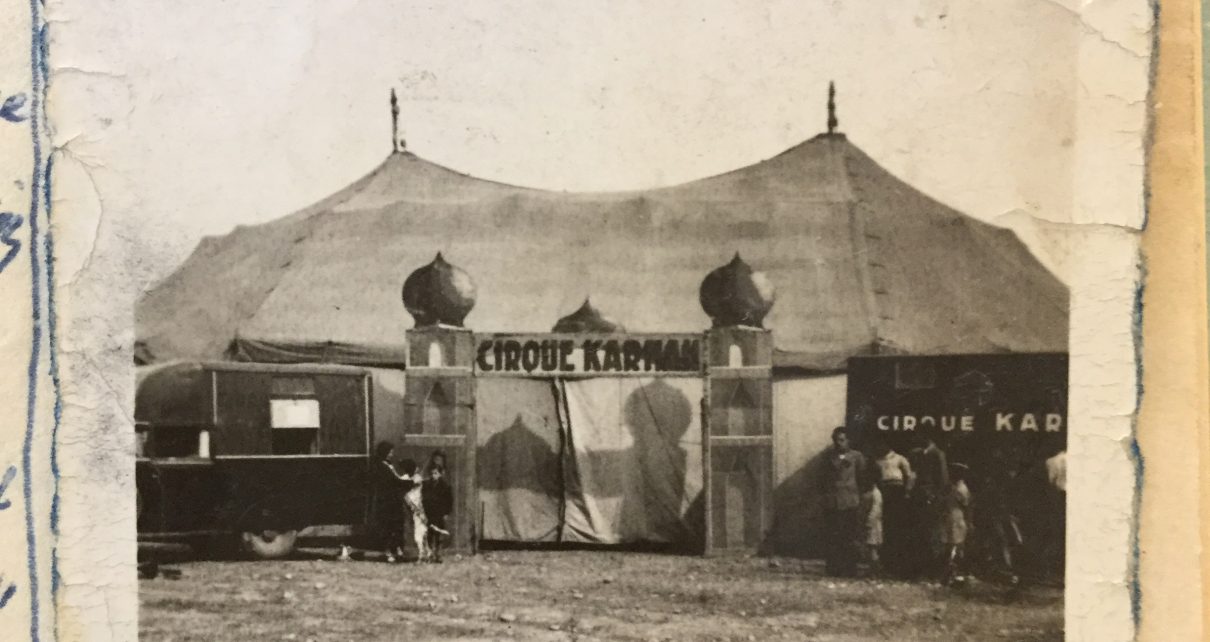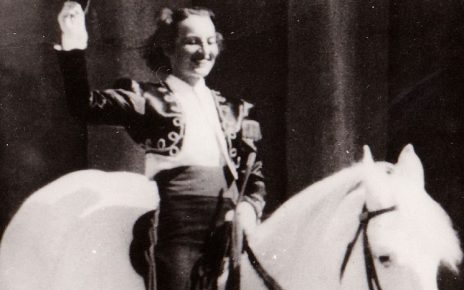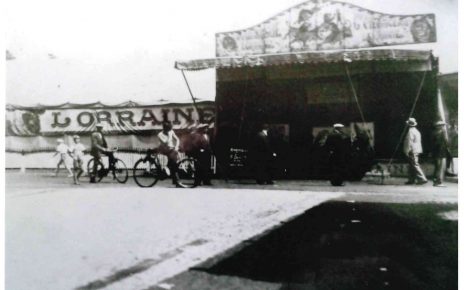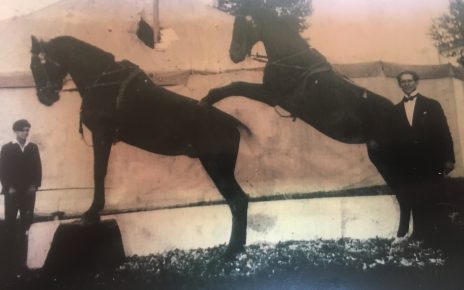Albert Queyrois, a Frenchman also known by the stage name Karmah, lived a life full of eclecticism and change. He also possessed an uncanny ability to incite political provocation. Born in Bordeaux in 1893, he was originally a cabinetmaker by trade, working in Faubourg Saint-Antoine in Paris. His father, Jean Queyrois, earned his living as a carpenter. His mother, Catherine Despéries, was a tailor.
In 1926, Queyrois introduced himself to the journalist and amateur magician Paul Heuzé. Queyrois demonstrated to Heuzé his willingness to work for him. Heuzé recalled that Queyrois had already established a Yogi act featuring meditation. Although Queyrois had acquired adequate training, his stage character still lacked credibility. Heuzé remedied this, improved the figure of the fakir and then hired Queyrois. Heuzé was “a sceptic who revealed the tricks of the mediums and of the fakirs who some time made Paris their happy hunting-ground” (Huddleston, 1928). Heuzé and Queyrois toured in Paris, Brussels, Lyon, Marseille and Toulon, before they made a legendary appearance at the Cirque de Paris on December 11, 1928. In their show, both turned against a fakir called Tahra Bey in order to prove to the audience that Tahra Bey’s performance was outside the scope of occult faculties and thus inauthentic. Tahra Bey was exposed as a fraud in front of 7,000 spectators, with another 5,000 allegedly attempting to enter the building. “The contest at the Cirque de Paris spurred circus performances of similar feats in the 1920s and 1930s”, wrote Zusne in 1989. Thanks to his collaboration with Heuzé, Queyrois also achieved a measure of notoriety through his role of the magician “Karmah”.

A circus led by Queyrois called “Karmah” was mentioned in press releases starting in 1930, particularly with regard to appearances in North Africa, but also in the French mainland. However, there are only a few documents about this circus in French archives. A remarkable exception is preserved in a poster from 1935 with the following heading: Karmah Circus presents the woman sawn in half, an inconceivable phenomenon [Le Cirque Karmah présente La femme sciée en deux, phénomène inconcevable]. Apart from its vibrant pattern, this poster is also remarkable because of its political content. A first version dated from 1930 and made by Louis Galice for the Palmarium Circus depicted the same scene: a woman lying on a table is being sawn in two by surgeons while a dozen men look on with different interests. Several French male political figures can be recognized in the poster. In 1935, poster artist Emile Finot also used a contemporary political metaphor to promote the main act of the Circus Karmah. According to the 2006 description by Delporte, Gaston “Doumergue [Former President of France] (half-surgeon, half-butcher) handles, apparently without emotion, a long saw which cuts in two parts the body of a sleeping woman dressed in red [symbolizing France]”. The French right-wing politician Pierre Laval holds the woman’s head to prevent her from walking away. Spectators of the scene are right-wing politicians André Tardieu, Georges Mandel, Henry Frédéric Chéron, Joseph Caillaux, as well as left-wing politicians Édouard Herriot, Leon Blum and Joseph Paul-Boncour. Albert Queyrois’ exposure of another fakir’s tricks was a way to criticize political gerrymandering.
Queyrois returned to Bordeaux shortly after the Munich Agreement on September 30, 1938. Though the agreement was meant to secure peace in Europe, it was also seen as a signal that war was imminent. In 1939, he settled on Rue Mabec, where he bought a café after he stopped touring. Later he ran the Hôtel du Raisin-Blanc. During the war, in April 1942, he married Francoise Schaub. Queyrois became a member of Bordeaux-Loupiac, a French resistance network that helped French and Allied pilots to escape the Germans. These connections probably led to Queyrois’s arrest in spring 1944, and deportation from Compiegne near Paris to the Neuengamme concentration camp near Hamburg on May 21, 1944. From there he was sent to the Sachsenhausen and Mauthausen concentration camps. On May 5, 1945, the United States’ 5th Army liberated the Mauthausen – Gusen concentration camp complex. Just ten days later, Queyrois was freed and able to return to Paris.
Author: Laurence Prempain
Sources: Huddleston Sisley, Paris Salons, Cafés, Studios. J.B. Lippincott Company, 1928; Lachapelle Sofie, Conjuring Science: a history of scientific entertainment and Stage magic. Palgrave Macmillan US, 2015; Zusne Leonard, Jones Warren H., Anomalistic Psychology. A Study of Magical Thinking. Lawrence Erlbaum Associates, 1989 ; « Mon match avec le fakir Tarha Bey », Revue belge, 1er avril 1932, « Le match Tahra Bey-Paul Heuzé provoque des bagarres », Comoedia, 12 December 1928 ; Delporte Christian, Images et politique en France au XXe siècle, Paris, Nouveau Monde, 2006 ; Service historique de la Défense, Vincennes, Caen.
Poster: Le Cirque Karmah présente La femme sciée en deux, phénomène inconcevable. Finot from Louis Galice, 1935. Ville de Paris, Bibliothèque Forney, Roger-Viollet. AF 198257.





